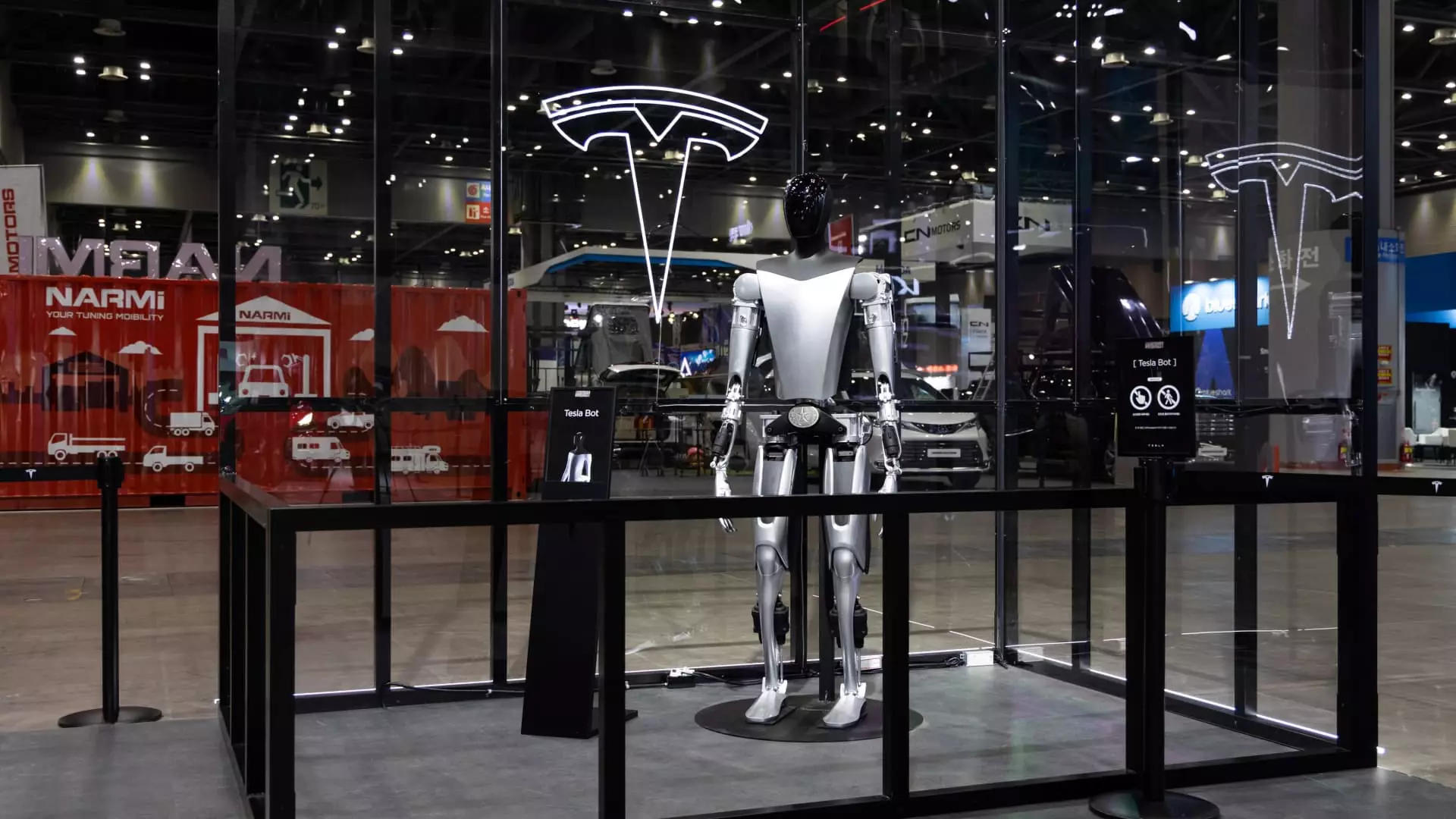Elon Musk, the CEO of Tesla, has once again captured headlines with his ambitious vision for the future of the electric vehicle company. At the 2024 annual shareholder meeting in Austin, Texas, Musk shared his enthusiasm for a new project that could potentially propel Tesla’s market cap to unprecedented heights.
Tesla first introduced the concept of humanoid robots, Optimus, at an AI Day event in 2021. These robots were showcased in a demo video where they were seen folding laundry. However, critics immediately pointed out that the robots were not fully autonomous and were being controlled by humans. Despite this setback, Musk envisions a future where Optimus robots could perform a range of tasks, from cooking and cleaning to factory work and even educating children.
Optimistic Projections
Musk’s grand vision includes the possibility of Tesla’s market cap reaching $25 trillion with the help of Optimus robots. He plans to start limited production of these robots in 2025 and aims to have over a thousand working in Tesla’s factories by then. This ambitious goal would position Tesla as one of the most valuable companies in the world, surpassing even tech giants like Apple and Microsoft.
Musk’s Track Record
While Musk is known for his visionary ideas and bold promises, not all of his ventures have succeeded as anticipated. From self-driving software to EV battery swapping stations, Musk has faced challenges in delivering on his commitments. However, he remains undeterred and continues to push the boundaries of innovation in the automotive industry.
Doubts and Concerns
Despite Musk’s unwavering optimism, there are concerns surrounding Tesla’s ability to achieve its lofty goals. The company has faced setbacks, including a decline in sales, increased competition, and layoffs. Moreover, Musk’s involvement in multiple projects, including SpaceX and Neuralink, raises questions about his ability to focus solely on Tesla’s success.
In the rapidly evolving field of robotics, Tesla faces stiff competition from other companies like Boston Dynamics, Agility, Neura, and Apptronik. Musk acknowledges the importance of staying ahead of the competition by being faster, more innovative, and delivering superior products to the market. The race to develop advanced humanoid robots is intensifying, and Tesla is determined to lead the pack.
Elon Musk’s vision for Tesla’s future is filled with optimism and ambition. The introduction of Optimus humanoid robots represents a significant step towards transforming Tesla into a diversified technology company. While challenges and doubts remain, Musk’s unwavering determination and innovative spirit continue to drive Tesla towards a future where robots, artificial intelligence, and autonomous vehicles play a central role in shaping the automotive industry. Only time will tell whether Musk’s grand vision will become a reality, but one thing is certain – Tesla’s journey towards innovation and transformation is far from over.


Leave a Reply